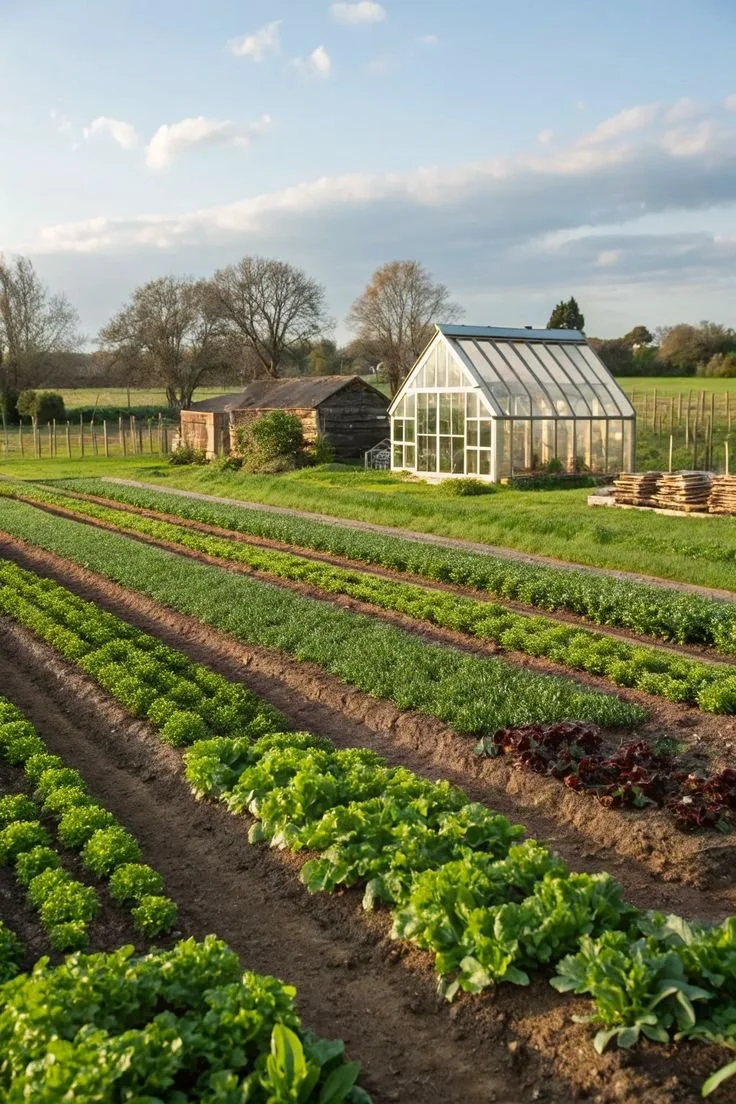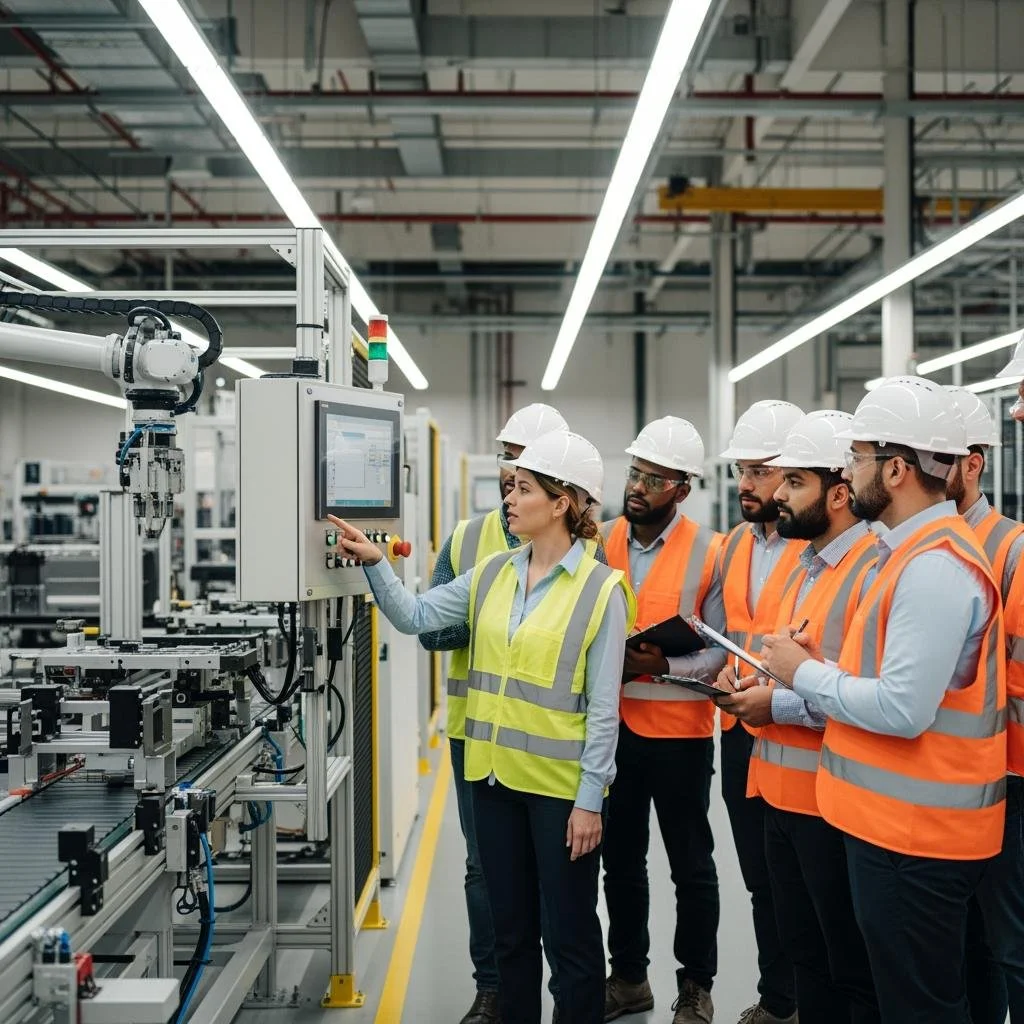Agricultural Pest Control Methods For Sustainable Farming
A pest infestation is one of the most devastating things that can occur on a farm. When unchecked, it’s capable of laying waste to an entire field of crops. For this reason, farmers commit a great deal of resources to agricultural pest control, hoping to limit the spread of harmful insect species.
However, many of the most common pest control methods have an extremely adverse impact on the local environment. This is particularly true when it comes to the application of toxic pesticides, which can kill off pollinators and other beneficial insect species, while also harming local wildlife and even putting nearby human populations at risk.
Fortunately, new and more advanced agricultural pest control techniques are continually being developed, all with an eye toward improving farming sustainability. Below, we’ll provide an overview of some of the most effective of these modern methods, helping farmers to reduce their environmental footprint while also generating a greater output.
In this article, we explore advanced, eco-friendly pest control techniques that support both agricultural productivity and environmental sustainability. From biological controls to integrated pest management systems, these methods empower farmers to reduce their chemical footprint while maintaining healthy, high-yielding crops.
No. 1
The Dangers of Pesticides
The chemicals most commonly used as pesticides are effective at eliminating harmful insect species. However, they are frequently overused and often end up entering the local ecosystem in large amounts as a result. Chemical pesticides do not discriminate between harmful insects, such as aphids and grasshoppers, and beneficial ones, such as bees and ladybugs.
Runoff also carries these chemical pesticides into surrounding watersheds, where they accumulate in both animal and plant life. While in smaller amounts, pesticides are not harmful to humans, they can travel up the food chain and accumulate in fish and other human food sources. In larger quantities, this has been shown to put people at risk of diseases such as cancer and Parkinson’s.
To mitigate the environmental impact and improve the sustainability of crop growth, it’s necessary for farmers to scale back on their pesticide use. There are multiple ways this can be done, including crop monitoring to track the life cycles of pests. This method ensures that pesticides are only applied when absolutely necessary, rather than continuously.
No. 2
Crop Rotation
One of the key methods farmers use to improve the sustainability and efficiency of their agricultural processes is crop rotation. Traditionally, the same crops are grown in a plot, season after season. Pests thrive on this predictability: They create nesting patterns and are able to seek the same food sources regularly. With crop rotation, however, farmers switch out what is grown in each area, and this disrupts the life cycles of pests and makes it more difficult for them to take hold.
Crop rotation also improves the sustainability of agriculture in other ways, particularly by providing a boost to the health of the soil. Different crops have different nutritional needs. When the same ones are planted in the same soil over and over, they tend to deplete that soil of critical nutrients. Other plants, however, use different nutrients and help to recycle the soil, allowing it to remain productive for far longer. This ensures that plots of land remain viable for much longer than they otherwise would.
No. 3
Biological Controls
Biological methods of effective agricultural pest control also exist. Farmers can defeat harmful species by introducing natural predators to plots of land. This method is referred to as biological control. For example, aphids are a famously destructive insect whose natural predator is the ladybug. By introducing ladybugs to an area, farmers can eliminate aphids while also reducing chemical use by avoiding pesticides.
The population of ladybugs can also become established, meaning that they will breed and reproduce naturally as they feed on the pest species. This makes biological control one of the most cost-effective and sustainable methods of eliminating pests.
Besides natural predators, other methods of biological control include the use of microbes as a natural pesticide. These can kill off pests without harming the environment. Farmers have experimented with many different biological techniques to control pests; pathogens and bacteria have also been used.
Note that it’s important that only approved and tested biological methods are used to control pests, because invasive species and untested methods may actually make the problem worse.
When used correctly, biological control is one of the safest ways to reduce pest populations because it does not introduce toxins into the environment.
Chelsea Green Publishing
Since 1984, Chelsea Green has been the leading publisher of books about organic farming, gardening, homesteading, integrative health, natural building, sustainable living, socially responsible business, and more.
No. 4
Integrated Pest Management
The true key to reducing pesticide use and improving sustainability on a farm is to use not just one method but several together to ensure a healthy farm. When utilized holistically, these methods are referred to as Integrated Pest Management (IPM). IPM has been pioneered by groups of farmers who are committed to sustainability, such as the Washington State Potato Commission.
The crop monitoring process mentioned above is the foundation of IPM in farming. Using advanced technology, including custom software and AI processes, farmers can track pest activity and predict their life cycles accurately. This ensures that any pesticide chemicals applied will directly target the harmful insect populations and spare harmless or beneficial species.
The next step in the process is to begin implementing the other methods listed above, with the goal being to disrupt and eliminate pests in the least environmentally harmful way possible. Besides crop rotation and the introduction of predators, farmers may place physical barriers to block pest movement and grow non-cash crops that can attract birds and other wildlife that may prey on the pest insects.
For More Information
To begin implementing the methods listed above, it’s necessary to research the most common harmful insect species in your area. When you understand what you’re up against, you can then develop an action plan to address the issue. Visit the US EPA website to learn more about the topic and how you can begin to reduce pesticide usage and contribute to a more sustainable and more profitable agricultural enterprise.
Takeaways
Pest control is essential for protecting crops and ensuring food security—but it doesn’t have to come at the cost of environmental and human health. As we’ve explored in this article, modern agricultural pest control techniques offer a path forward that balances productivity with sustainability.
By adopting methods such as crop rotation, biological controls, and integrated pest management, farmers can:
Minimize chemical usage
Protect beneficial insect populations
Improve soil and water health
Enhance long-term crop yields
The future of farming lies in innovation, responsibility, and a deep respect for the ecosystems that sustain us. By embracing these advanced pest control strategies, farmers not only safeguard their harvests—they also contribute to a more resilient and sustainable planet.
Looking for Business resources?
Are you seeking ways to elevate your business to new heights? Dive into the array of resources provided by our esteemed business partners designed to empower your ventures.































